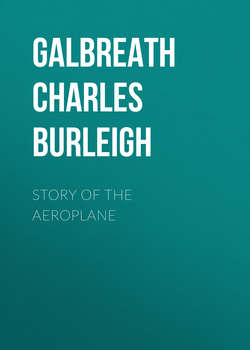Читать книгу Story of the Aeroplane - Galbreath Charles Burleigh - Страница 3
Early Flying Machines
Оглавление1. The orthopters, or as they are less commonly called, the ornithopters. The word “orthopter” means straight wing and the word “ornithopter” bird wing. This class of machines includes those designed to fly by the flapping of wings, somewhat in imitation of birds.
2. The helicopters. The word “helicopter” means spiral wing. Flying machines of this class are designed to fly by the rapid horizontal rotation of two spiral propellers moving in opposite directions but so shaped that their combined effect is to move the machine upward. They are like a pair of tractor propellers of the modern aeroplane but arranged horizontally to lift the machine instead of drawing it forward in a vertical position.
3. The gliders. As the name suggests, these were designed to coast or glide down the air, to start from a high elevation and by sailing through the air in an oblique direction reach a lower elevation at some distance from the starting point. Down to the latter part of the nineteenth century only the gliders were successfully used in man flight. In reality they can scarcely be called flying machines for they could not lift their own weight, though late experiments prove that when once in air they may rise above their starting point under the influence of a strong wind. The glider, however, performed a most important part in the evolution of the aeroplane. In coasting the air from hills, sand dunes and towers against steady wind currents a number of inventors through a series of years learned how to guide and control these gliders in their downward flight-an essential preparation for the application of motive power to lift the glider against the force of gravity and thus make it a veritable flying machine or aeroplane.
